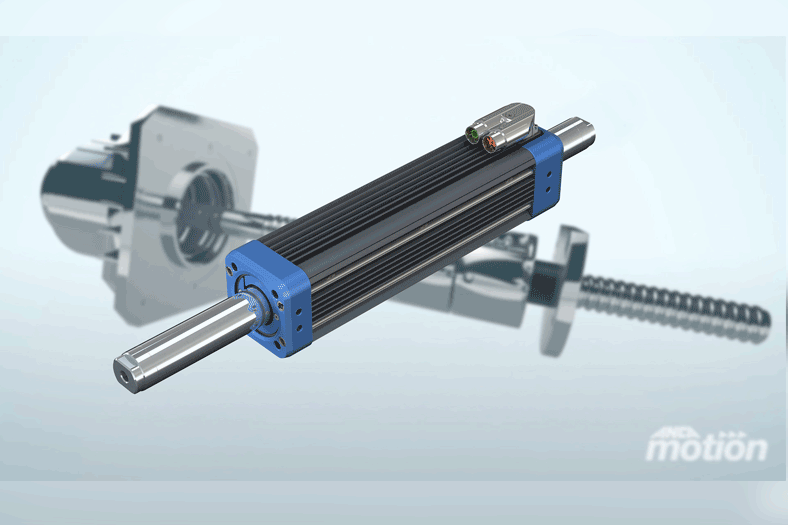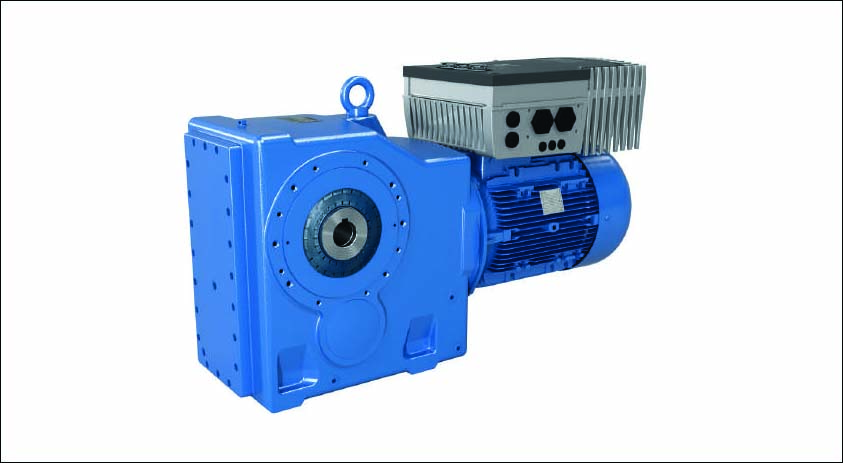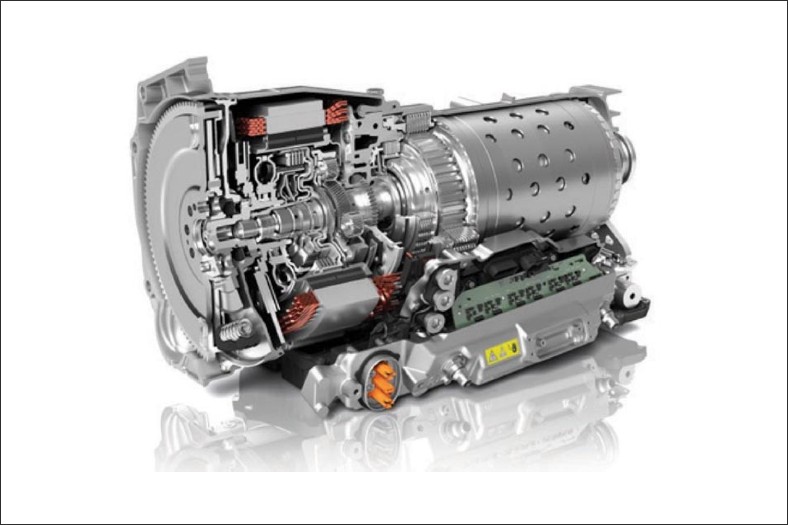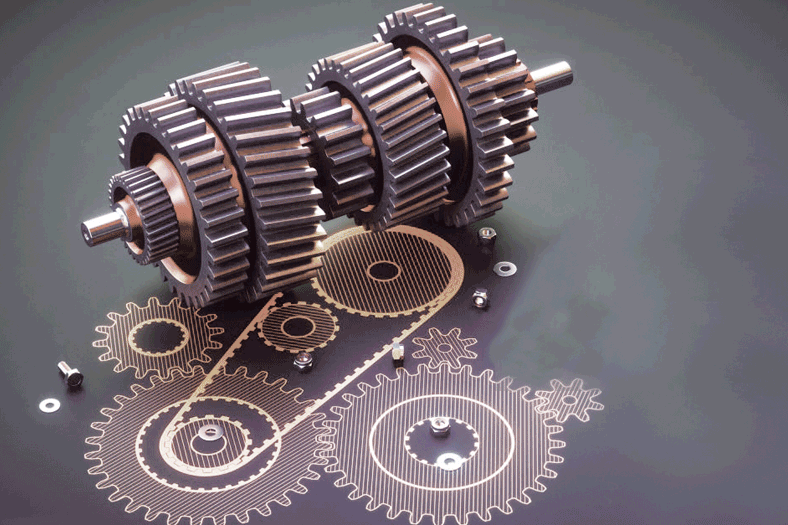Benefits of tubular linear motors over ballscrew systems
November 10, 2020 2:12 pm
Ballscrew actuation has been around for well over a century, and rack and pinion methods even longer. Both indirect drives have their place, and will be around for many years to come, but other, newer methods of creating linear motion are catching up.
Direct drive methods, which are simpler and can be superior in a lot of ways, are predicted to continue growing in popularity, for reasons including accuracy, speed, safety, and lower maintenance burdens on owners.
The early adopters for tubular linear motors were big semiconductor companies, which could invest big R&D budgets on a solution offering high speeds and sub-micron accuracy. Nowadays they are available to modestly-sized businesses.
Both cylindrical linear motors and flatbed linear motors have vastly superior accuracy and repeatability compared to ballscrew options. A tubular linear motor is also a much simpler design, with only two moving parts (the shaft and forcer) and does not have to rely on intermediate components such as a gearbox to change torque.
Ballscrew actuators are also sensitive to jerk, and lack the nimbleness of tubular linear motors. The contact between the nut and screw means lubrication is essential, and causes wear and performance degradation over time.
Like other tubular linear motors, ANCA Motion’s LinX M-Series is designed to be close in form to ballscrew systems, offering easy substitution for those who want to make the change.
“When you install a ballscrew motor into a machine, the tolerance that you need to achieve for a stroke will be much more stringent than for a tubular linear motor,” explains Heng Luo, product manager at ANCA Motion. “M-Series has a big advantage here, because of the one mm air gap between the shaft and the forcer, which keeps a very relaxed tolerance requirement.”
Besides being wear-free due to the one millimetre air gap between forcer and shaft, the M-Series offers peak resolution of 10 micrometres, peak velocity of 10 metres per second, and maximum acceleration of 30 Newtons.
It also overcomes the issue of backlash suffered by ballscrew actuators.
“In ballscrew systems, motion is created by direct contact between the surface of the nut and the lead,” explains Heng Luo. “There will be some gap between the nut and the lead, otherwise the nut won’t move. So there has to be a gap, and there has to be backlash, and this can be corrected to some degree but never removed completely.”
The direct contact also means noise and dust are created. Switching to tubular linear motors and avoiding this is an obvious advantage for cleanroom use.
With no backlash, no wear, a high level of dynamism and low level of maintenance, the M-Series represents immediate gains in manufacturing productivity. The M-Series also has a failure rate under 0.03 per cent.
ANCA Motion’s linear motors were originally developed for sister company ANCA Machine Tools’ FX Linear and MX Linear machines.
Cookie Consent
We use cookies to personalize your experience. By continuing to visit this website you agree to our Terms & Conditions, Privacy Policy and Cookie Policy.












 English
English Hindi
Hindi